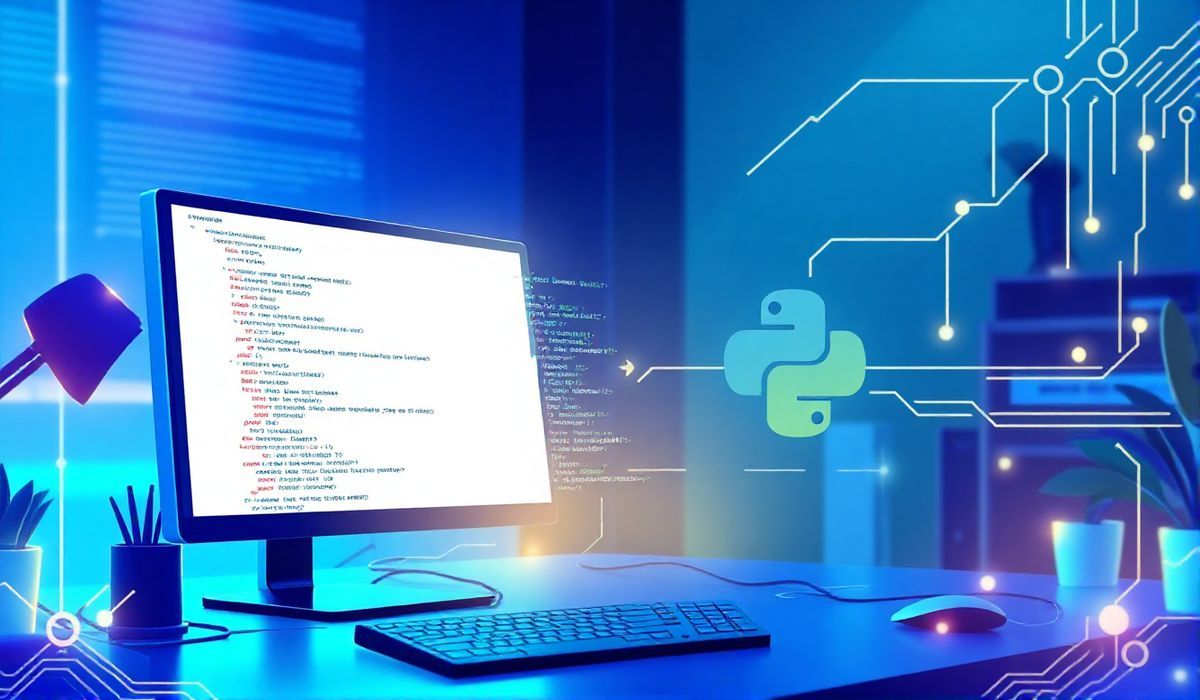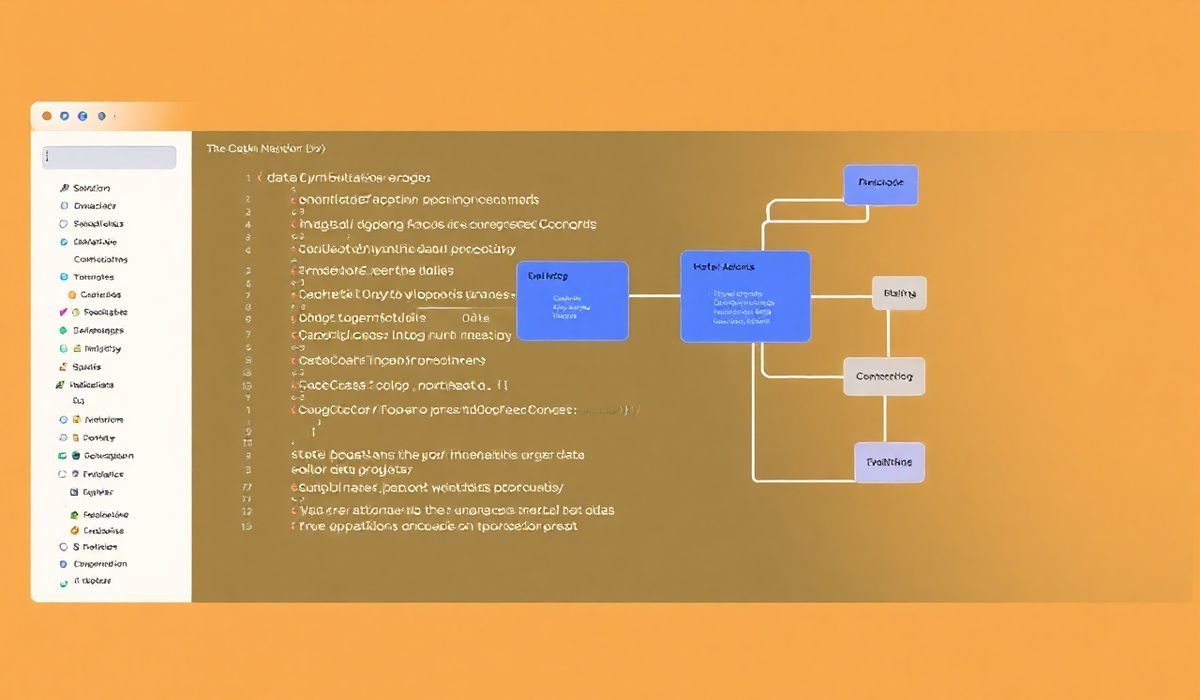Introduction to OpenAI GPT-3
OpenAI GPT-3 (Generative Pre-trained Transformer 3) represents a breakthrough in the field of natural language processing (NLP). With 175 billion parameters, it is one of the most advanced and versatile AI language models available, capable of performing tasks like content generation, summarization, language translation, code generation, and more. In this article, we’ll explore its capabilities through useful APIs, complete with real-world examples and code snippets to help you unlock its full potential.
Understanding OpenAI’s GPT-3 APIs
OpenAI provides a well-documented and easy-to-use API to interact with GPT-3. Through this API, developers can seamlessly integrate conversational AI and NLP functionalities into their applications. Below, we’ll explore key endpoints and use cases.
1. Text Completion
The text-davinci-003 engine delivers exceptional text completion capabilities. Let’s see how to generate natural language text from a prompt:
import openai
# Set up your OpenAI API key
openai.api_key = "your-api-key"
response = openai.Completion.create(
engine="text-davinci-003",
prompt="Provide an introduction to the OpenAI GPT-3 model.",
max_tokens=100
)
print(response.choices[0].text.strip())
Output Example: “GPT-3 (Generative Pre-trained Transformer 3) is a neural network machine learning model that uses deep learning to generate human-like text.”
2. Chat with GPT-3
The ChatCompletion endpoint allows you to simulate a chat-based conversation. Here’s how it works:
response = openai.ChatCompletion.create(
model="gpt-3.5-turbo", # Using the turbo model for chat
messages=[
{"role": "system", "content": "You are a helpful assistant."},
{"role": "user", "content": "What is GPT-3?"}
]
)
print(response.choices[0].message["content"])
Output Example: “GPT-3 is OpenAI’s language model capable of generating text, answering questions, and aiding in learning and development tasks.”
3. Summarization
GPT-3 can efficiently summarize long pieces of content. Below is an example of summarizing an article:
response = openai.Completion.create(
engine="text-davinci-003",
prompt="Summarize the following text:\n\nNEXTJS vs REACTJS long comparison article...",
max_tokens=50
)
print(response.choices[0].text.strip())
4. Code Generation
Generate code snippets intelligently using GPT-3. For example:
response = openai.Completion.create(
engine="code-davinci-002",
prompt="Write a Python function to find the factorial of a number.",
max_tokens=50
)
print(response.choices[0].text.strip())
Building a Real-World App with GPT-3 APIs
Let’s take a look at a simple chatbot application built using GPT-3. This example uses Flask in Python to serve as a backend for a conversational assistant:
from flask import Flask, request, jsonify
import openai
app = Flask(__name__)
openai.api_key = "your-api-key"
@app.route("/chat", methods=["POST"])
def chat():
user_input = request.json.get("message")
response = openai.ChatCompletion.create(
model="gpt-3.5-turbo",
messages=[
{"role": "system", "content": "You are a helpful assistant."},
{"role": "user", "content": user_input}
]
)
reply = response.choices[0].message["content"]
return jsonify({"reply": reply})
if __name__ == "__main__":
app.run(port=5000)
To test the chatbot, make a POST request to /chat with the input message, and the assistant will respond based on GPT-3’s capabilities. For deployment, you can easily host this application using platforms like AWS, Azure, or even Heroku.
Conclusion
OpenAI GPT-3 is a revolutionary tool that empowers businesses and developers to create intelligent, conversational applications, automate workflows, and generate content effortlessly. By leveraging its APIs, you can bring the power of AI to your projects with minimal effort. Start experimenting today, and watch your creativity come to life!




